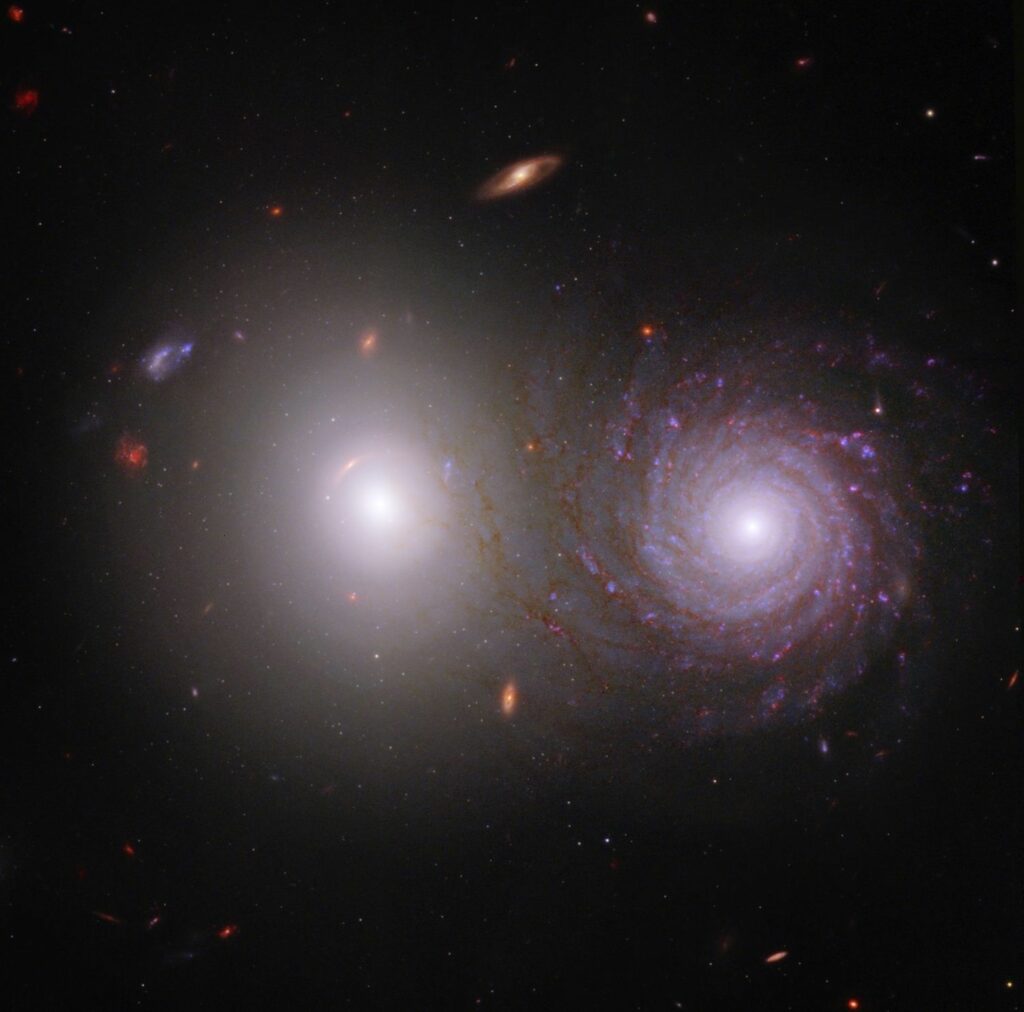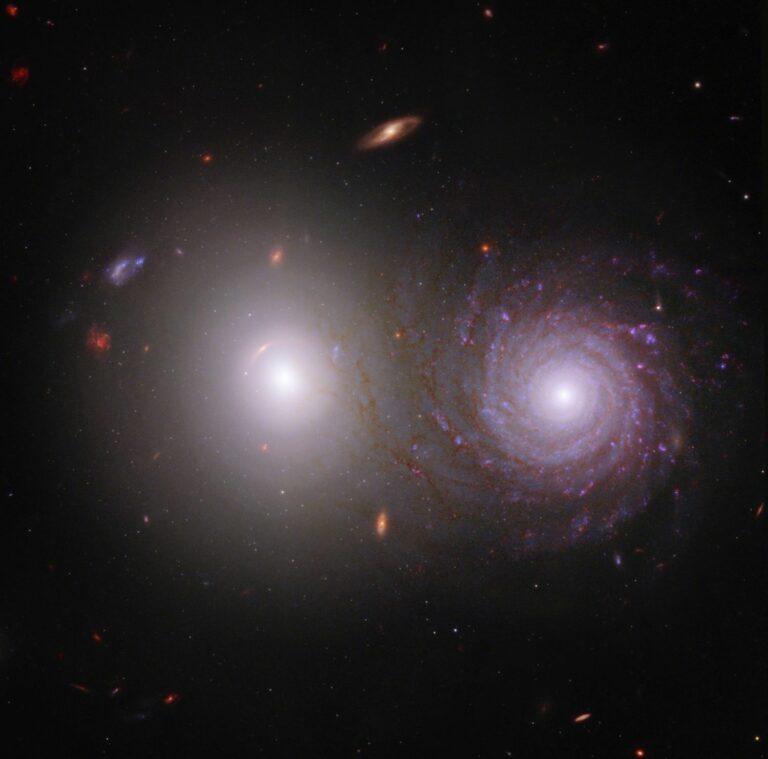Physicists Unravel Mystery of Missing Spiral Galaxies in the Supergalactic Plane
A team of astrophysicists used a simulation to track down merging processes in which only elliptical islands of stars remain at the end.

Spiral galaxies are practically not found in a specific region of our local universe. This so-called supergalactic plane is a vast, flattened structure spanning nearly a billion light-years and housing several massive galaxy clusters. The predominance of elliptical galaxies in this region, as opposed to the presence of spiral galaxies (including our own Milky Way) at its periphery, has been a mystery in astrophysics. A British-Finnish team may have potentially found a solution to this phenomenon.
Complex Simulation
The researchers from Durham University and the University of Helsinki unraveled the reason for the unequal distribution of galaxy types using the supercomputer simulation Sibelius (Simulations Beyond the Local Universe). This intricate model allows for tracing the universe’s development from the early universe over 13.8 billion years to the present day.
While most cosmological simulations consider random portions of the universe that cannot be directly compared with observations, Sibelius aims to meticulously reproduce observed structures, including the supergalactic plane. The final simulation remarkably aligns with our universe’s observations through telescopes.
“The distribution of galaxies in the supergalactic plane is indeed remarkable,” stated Carlos Frenk of Durham University, one of the principal authors of the study presented in the journal Nature Astronomy. However, based on the simulation, the team successfully identified processes indicating a gradual transformation of spiral galaxies into elliptical galaxies through galaxy mergers.
Merging and Change

The model calculations revealed that in dense galaxy clusters on the supergalactic plane, interactions and eventual collisions between countless galaxies frequently occur. Over aeons, spiral galaxies undergo transformation into elliptical galaxies, contributing to the growth of supermassive black holes at their centers. In contrast, galaxies situated away from the plane tend to evolve in relative isolation, aiding in preserving their spiral structure.
Thus, the distribution of elliptical and spiral galaxies in the local universe is by no means the anomaly it was once thought to be in previous studies, assert the researchers. Instead, Sibelius demonstrates that the simulation is capable of adequately reproducing the seemingly inexplicable observed structures in the cosmos based on the standard model of the universe, according to the researchers.
Thus, the distribution of elliptical and spiral galaxies in the local universe is by no means the anomaly it was once thought to be in previous studies, assert the researchers. Instead, Sibelius demonstrates that the simulation is capable of adequately reproducing the seemingly inexplicable observed structures in the cosmos based on the standard model of the universe, according to the researchers.
Do not forget to share your opinion with us to provide you with the best posts !




0 Comments